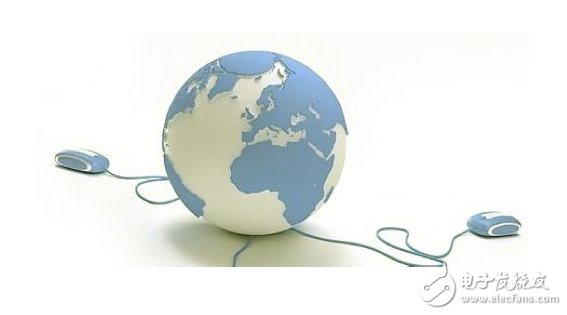According to Cisco, by 2020, there will be more than 50 billion connected devices worldwide, and experts estimate that IoT will have a $3.5 trillion impact on the global economy over the next five years. Not just refrigerators, we also see home energy systems, security devices, entertainment products, games, interactive wearables – and the list goes on. The question is, does this really happen? Shouldn’t we see a market share that is bigger than it is now?
Although IoT is a hot topic at the moment, the reality is not as predicted by experts who go online every day. Overall, there are really not as many connected watches, thermostats or accessories. According to the Acquity Group, only 7% of consumers have their own wearable IoT devices, and 4% have home IoT devices.
This article explores what IoT needs to do before the consumer experience, including the value it brings to consumers, the need for a centralized IoT platform, a set of international communication protocols, user education, and greater security.

Presenting a clear value proposition to users IoT is a network of connected devices with unlimited potential. Many technical and Internet experts have shown great enthusiasm and have had a heated discussion. However, many people are less convinced that they have not fully accepted the concept. This is due to the current lack of a universally applicable value proposition – something that gives people reason to go out and buy and connect smart devices.
Consumer education is an important part of it. Businesses need to bring easy-to-use IoT devices to people's hands to demonstrate their potential, rather than expecting people to understand the need for IoT devices.
Browse through the IoT division of any technology store and you'll see quite a few weird and seemingly redundant devices. With the exception of a few useful security devices, we don't know what they do, why we buy them, or how we can start installing them in homes where other things are not connected.
To understand how to get started with IoT, we should look back at the revolution in smartphones—especially the iPhone—which is undoubtedly the pioneer of IoT's contemporaries.
The real value of the iPhone is not its phone or text messaging capabilities, but the ability to use a full range of free and paid apps. However, when the iPhone was first introduced, it was so novel that it had to be as simple as possible. Steve? Jobs only introduced its three main functions: music, phone and web.
When the app store was finally launched in mid-2008, users were accustomed to the concept of device versatility, and Apple gave a higher degree of control over app quality.
With its simple and convenient features, Android and Apple App Store have made smartphones a frontier of consumer awareness. Even so, smartphones are not laboriously promoted in order to gain market share; mobile phones have become part of our daily lives.
As for IoT, if networking really enhances the functionality of smart devices, there is no barrier to convincing a consumer to buy it. Smart devices themselves can only exist because they really add value. For example, connecting a pillow to the Internet to measure sleep patterns may sound interesting, but in the end it may only become a novelty that makes life more troublesome.
As a contemporary example, the NEST thermostat learns user behavior, adjusts the temperature at home to suit the preferences of the occupants, and automatically turns off the heater when it detects no one in the home. It is more environmentally friendly and economical, saving hundreds of dollars of electricity every year. Its value is obvious, and smart devices like this have found a market that people are willing to consume.
On the other hand, when it comes to more abstract concepts—such as smart gadgets and wearables (such as Google Glass), the public needs more compelling reasons. Wear, recharge, or even just use the inconvenience (imagine, because you can't access the network and be locked out of your home), you must balance it with a huge value proposition.
We need to make this technology practical, simple, and easy to use. By helping people get used to these new tools, and constantly communicating and providing support, we see an organic increase in the number of consumers connecting homes and equipment.
Centralized platforms and API developers are the driving force behind the Internet and mobile revolution. However, there is currently a lack of a centralized IoT platform that prevents us from seeing the growth and creativity that happens on mobile devices.
For example, Android and the Apple App Store have become the center of experimentation and development. Currently, 93% of developers are focused on developing smartphone apps – which is not surprising; these standard platforms reduce time-to-market and reduce risk.
According to reports, the average cost of developing an iOS app is $27,463. If you have a secure app store, for example, developers know they have a heavily visited franchise to sell their products.
Polygonal Steel Pole, Polygonal Steel Electric Pole, Polygonal Steel Light Pole
YIXING FUTAO METAL STRUCTURAL UNIT CO.,LTD( YIXING HONGSHENGYUAN ELECTRIC POWER FACILITIES CO.,LTD.) , https://www.chinasteelpole.com